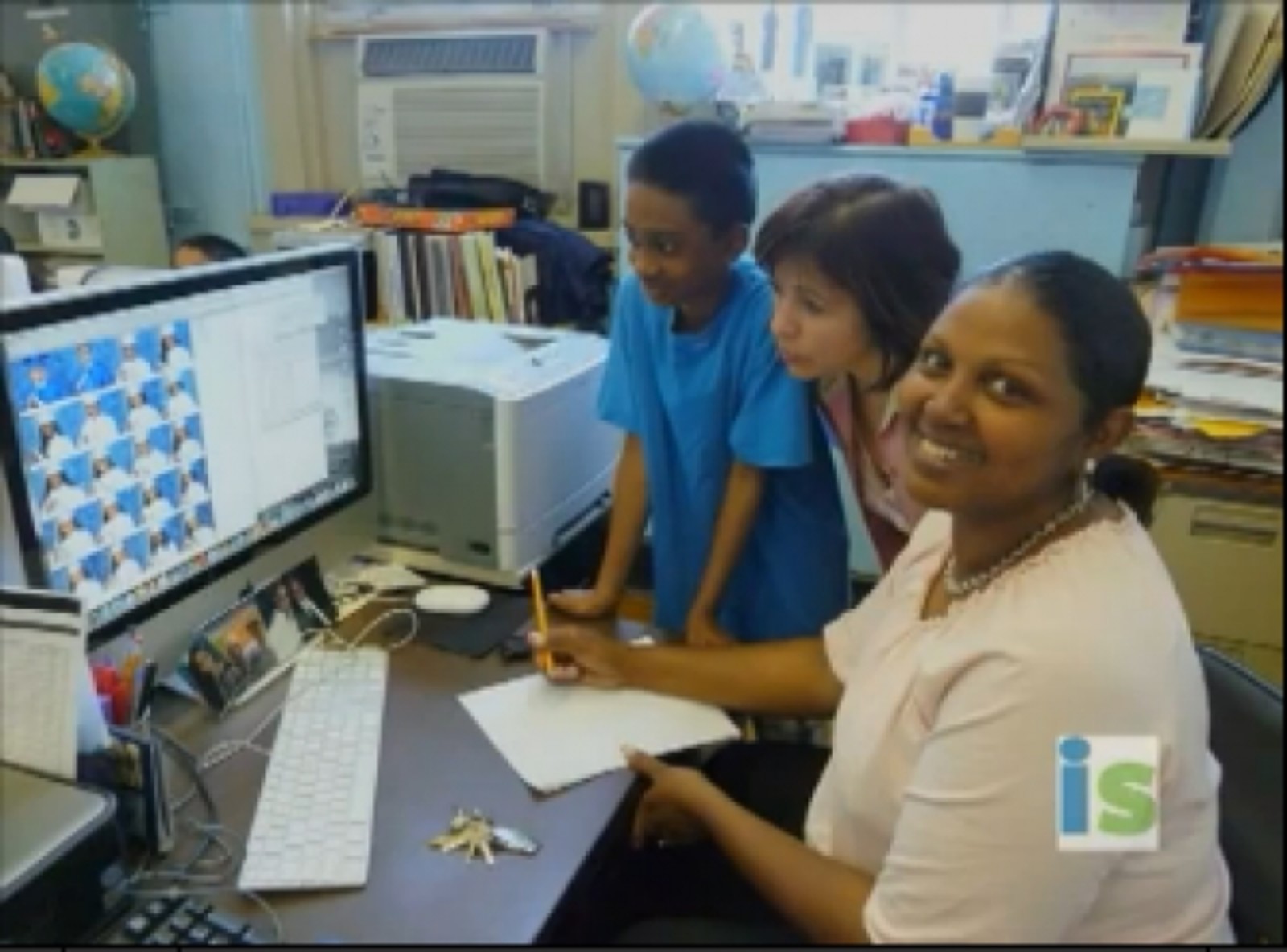What to look for in a school

You will certainly want to check out your neighborhood school before you enroll your child. You may also want to tour other schools that your child may be eligible to attend. On your visits, consider the following:
Close to home or far away?
Little kids tire easily, and a long commute to school will be difficult, particularly in the winter. If they get sick during the day, who will take them home? If they go to a school far from home, will they have friends in the neighborhood? That said, many parents happily trade a short commute for a superior education. For information about transportation, see the Department of Education Office of Pupil Transportation.
Does the school challenge strong students and give extra help when needed?
If every child reads the same book at the same time every day, watch out. If one child is reading a chapter of Charlotte’s Web while another is reading a simple book like Frog and Toad, that’s a sign that the school adapts to children of different abilities. All children have strengths and weaknesses: you don’t want a one-size-fits all curriculum.
Are the children happy?
The nicest schools make you slightly envious of your child. You'll wish you were 5 years old again so you could start kindergarten. Does the school seem like a friendly or forbidding place? Is it clean and orderly?
Are parents welcome?
Is the principal's door really open to parents? Are there events parents are invited to throughout the year?
What is the principal like?
A good principal can transform a mediocre school into a gem in just a few years. A bad principal can dismantle good programs and demoralize a competent staff just as quickly. What good principals have in common is an abiding respect for the pupils in their care, a respect that is obvious even on a brief tour. It's fine to be strict, but watch out for principals who yell at kids or who regularly use a bullhorn to keep order. A principal should be not merely an administrator, but an educational leader who can articulate his or her vision for the school and help the staff carry it out.
Are there examples of children's work?
Look for children's work (not decorations made by the teacher or provided by a textbook company) displayed on the bulletin boards and walls, preferably not identical shapes cut from construction paper, but work that shows individual thought and creativity. Look for examples of children's writing, even in the earliest grades. Good schools have plenty of fun-to-read books—not textbooks—but picture books as well as novels, books about historical events, biographies and science discovery books. Good schools have plenty of things children can touch and feel in math and science. Look for classrooms with live animals, plants, fish tanks and materials such as magnets and electric motors.
How well do children do on standardized tests?
There’s been far too much emphasis placed on standardized tests in recent years. Still, it’s worth seeing if most of the children meet state standards for reading and math.
Please Post Comments